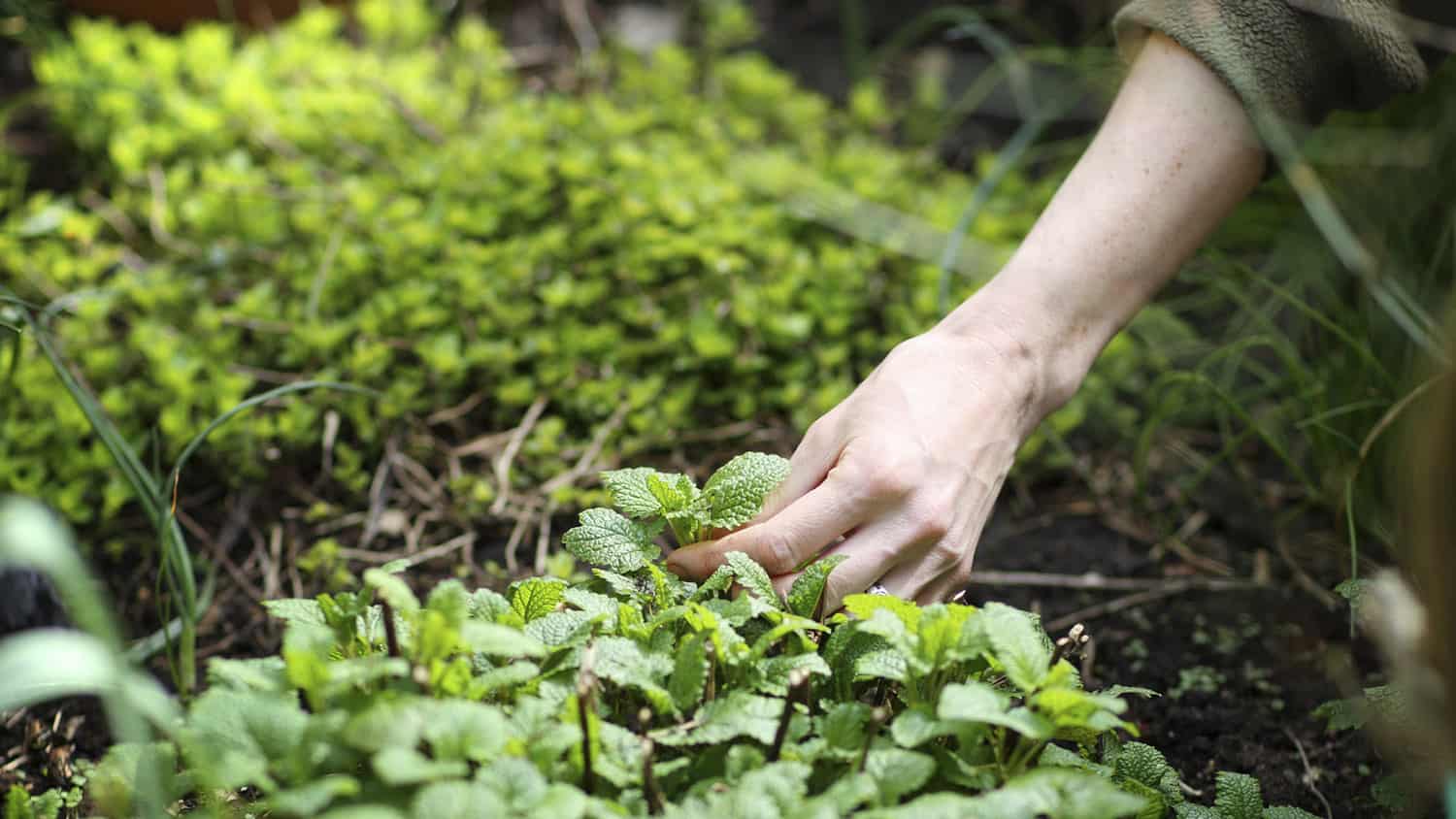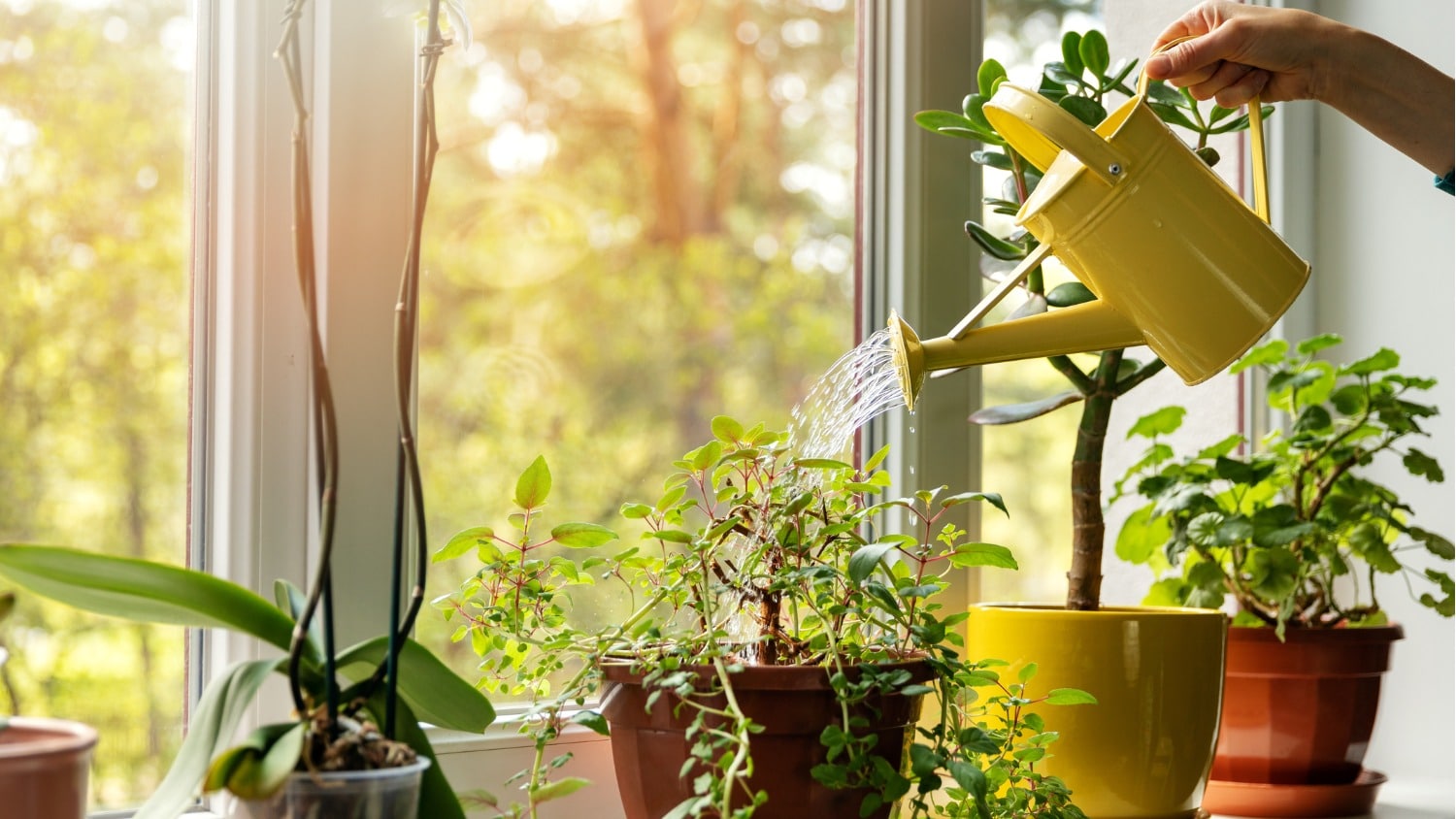
6 Useful Tips to Prepare Your Garden for the Winter Season (# 6 is My Favorite!)
When pumpkin spice everything fills grocery store shelves and the grandkids beg you to take them to the corn maze, you know that fall has officially arrived.
Summer has unfortunately come to an end, and now it’s time to jump into your rain boots, grab your trusty trowel and put those garden beds to rest. While fall certainly isn’t the most exciting time to be gardening, your plants will appreciate you for your year-round dedication.
Taking care of those fall gardening tasks and prepping your garden for the long, cold winter ahead ensures that your crops will have their best chance of providing you with a bountiful harvest.
Plus, you’d rather battle weeds in an empty garden bed before they try to attack your tomatoes, flowers or cucumbers!
Read on to learn more about some gardening tasks you should start now to prepare for the winter ahead.
Clear Those Garden Beds of Pesky Weeds
Weeding is arguably the most important gardening chore there is. Aside from providing your plants with the right amount of water and sunlight, there is no other task that ensures the health of your plants and soil more. Fall provides the perfect opportunity for you to set your garden beds up for success.
By clearing out weeds now, you allow for your soil to build up and save nutrients for your spring plants, rather than wasting them on weeds. If you’re all about sustainability, you can even save some of your ‘weeds’ for culinary or medicinal uses!
Aside from eradicating existing weeds, taking preventative measures will ensure that your garden beds remain weed-free for the spring ahead. Companion planting, applying your own homemade mulch and spraying down any sneaky weeds with a homemade, organic herbicide are all ways to keep weeds at bay.
Keep Your Winter Vegetables Nice and Warm
Spoiler alert: most of your plants really don’t like freezing temperatures. If there are any plants that you intend to grow over the winter or start in the early spring, consider investing in cold frames.
These handy little greenhouses can be placed over your garden beds and ensure that your plants won’t fall victim to death by frost. And they sure beat having to bring plants inside for the winter.
Rake Up Fall Leaves (or Use Them as Mulch)
When it rains, it pours, and the same concept applies to fall leaves. Before you know it, your front lawn and garden beds are completely covered in the stuff. While your grandkids may find jumping into piles of leaves a fun fall activity, raking them up is usually less exciting.
So though you could rake them up into neat piles, another option is to spread them out and use them as fall mulch! If you’re feeling like you want to take this idea to the next level, another option is to skip the store-bought mulch and make your own vegetable garden mulch out of your fall leaves.
Turn That Dead Stuff into Compost
If you look around, you’ll notice that as fall progresses, garden beds start to turn more and more into shades of green and brown rather than the bright foliage we become accustomed to during the summer.
While all that dead stuff may not look like much, by composting it now, you’ll have a nutrient-rich soil enhancer come spring time!
Fall leaves are some of the best brown materials for compost, and you don’t get those nutrients if you wait until the spring!
Test Your Soil and Act Accordingly
Fall is the best time to check out your soil’s pH balance and quality. You can avoid a lot of heartache of dying plants by addressing any soil issues now rather than when your seedlings are already in the ground.
While understanding soil science can be a bit overwhelming, there are plenty of resources out there to help you learn more about your soil and what you can do to improve its quality.
The important thing to keep in mind is that all of your plants require a soil that has a certain pH level range in order to thrive. One of the best ways to test this is with an at-home soil pH meter.
For a more in-depth look at your soil, you can have a sample tested at a lab. Your local county gardening extension can direct you to a lab in your area.
Kick Back and Relax with a Good Book and Some Tea
While this gardening task is optional, I recommend it! And though gardening does provide you with plenty of benefits, it’s hard work, and you deserve to relax!
If you don’t want to totally disconnect from gardening, there are a ton of great books you can read to educate yourself in the off season. Some of my favorites are The Backyard Homestead, Gaia’s Garden, and of course, The Old Farmer’s Almanac.
And as for the tea, start a mint plant indoors, and you’ll have plenty of fresh tea right at your fingertips all winter!
Let’s Have a Conversation:
What’s your favorite fall gardening chore? What are your tricks for making sure your garden beds survive a frost? Let us know in the comments. Your tips can help out your fellow gardeners more than you know!
Tags Gardening







Please “leave the leaves” and don’t cut every plant back. Beneficial bugs and some pollinators need the leaves and stems for shelter and food over the winter.
Can also encourage fungal diseases.
Very useful advice. And #6 is my favorite also!